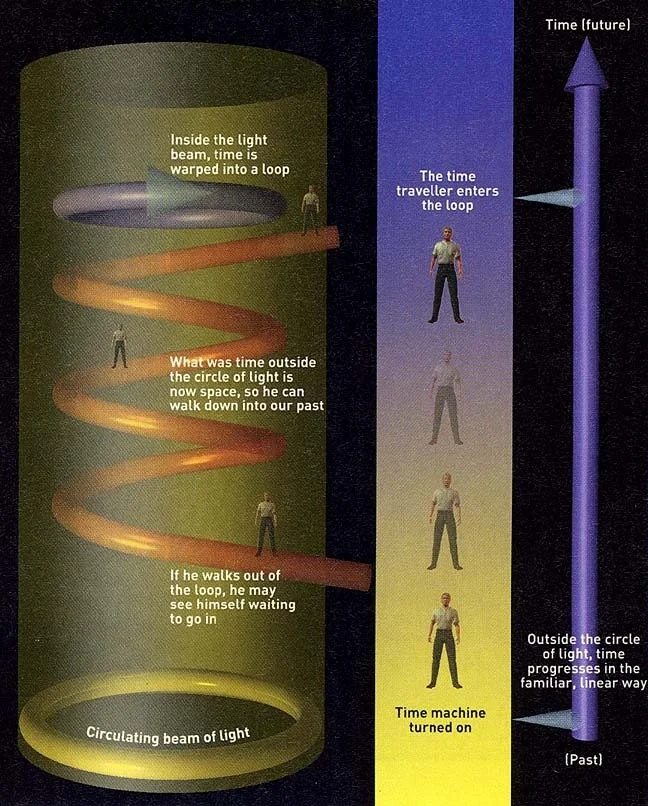Palo Alto Buys Chronosphere: Smart Move or AI Hype? A Data-Driven Reality Check.
Palo Alto Networks (PANW) is making a big bet on observability, announcing its intent to acquire Chronosphere for a cool $3.35 billion in cash and stock. The rationale? To bolster its Cortex AgentiX platform and provide "real-time, agentic remediation" for AI-native companies. Sounds impressive, right? But let's dissect the numbers and see if this acquisition is genuinely strategic or just another case of AI hype inflating valuations.
Chronosphere, for those unfamiliar, is an observability platform designed to handle the massive data volumes generated by modern applications and AI workloads. They claim to offer cost-efficiency and reliability, boasting clients among the "category-defining companies leading the AI revolution." Palo Alto Networks is clearly betting that observability – the ability to monitor and understand the performance of complex systems – is becoming increasingly critical in the AI era.
Here's where my skepticism kicks in. Palo Alto Networks states that Chronosphere has an annual recurring revenue (ARR) of over $160 million as of September 2025, growing at triple-digit rates year-over-year. A triple-digit growth rate sounds fantastic, but let's remember that percentages can be deceiving when the starting number is relatively small. And let's be clear: a $3.35 billion acquisition price tag divided by $160 million in ARR gives you a price-to-sales ratio of over 20. That's…ambitious, even in today's frothy market.
Consider Datadog, a more established player in the observability space. Datadog currently trades at a price-to-sales ratio closer to 15. Is Chronosphere's technology so revolutionary that it warrants a significantly higher multiple? Or is Palo Alto Networks simply paying a premium to quickly enter a rapidly growing market?
The press release touts Chronosphere's ability to handle "some of the largest and most complex digital environments." But what does that actually mean in terms of quantifiable metrics? How does Chronosphere's performance (latency, throughput, cost per terabyte of data ingested) compare to its competitors in real-world deployments? These are the questions I'd be asking if I were sitting on Palo Alto's board.
I've looked at hundreds of these acquisitions, and this one feels a bit different. There is scant information on the specific technological advantage that Chronosphere has over its competitors.
The key to justifying this acquisition, according to Palo Alto Networks, lies in the combination of Chronosphere's data ingestion capabilities with its own AgentiX platform. The vision is to move beyond passive monitoring to "agentic remediation" – using AI agents to automatically detect, investigate, and fix performance issues.

This concept is undeniably compelling. Imagine a system that not only alerts you to a problem but also autonomously diagnoses the root cause and implements a solution, all without human intervention. That's the promise of agentic remediation. But can it be delivered?
The success of this strategy hinges on several factors:
1. The effectiveness of the AI agents: Can they accurately identify the root cause of complex problems in real-time? False positives and incorrect diagnoses could lead to more harm than good.
2. The scalability of the combined platform: Can it handle the ever-increasing volume and velocity of data generated by AI-native applications?
3. Integration challenges: Integrating two complex platforms is rarely seamless. There's a risk of compatibility issues, performance bottlenecks, and increased complexity.
Details on how the agentic remediation technology will actually work remain scarce (the press release is heavy on buzzwords, light on specifics). But the potential is definitely there.
Palo Alto Networks' acquisition of Chronosphere is part of a broader trend of cybersecurity companies investing heavily in AI and data analytics. The sheer volume of security data is overwhelming traditional methods, making AI-powered solutions increasingly necessary.
But it also raises questions about data privacy and security. Centralizing vast amounts of observability data in a single platform creates a tempting target for attackers. Palo Alto Networks will need to ensure that its platform is not only performant but also highly secure.
The acquisition cost was substantial (reported at $3.35 billion), and the revenue numbers for Chronosphere seem quite small in comparison. Palo Alto Networks is betting big on the future of AI-driven cybersecurity and observability. Whether that bet pays off remains to be seen. The technology needs to be robust, the integration seamless, and the cost efficiencies real. Otherwise, this acquisition could end up being a case of overpaying for hype.